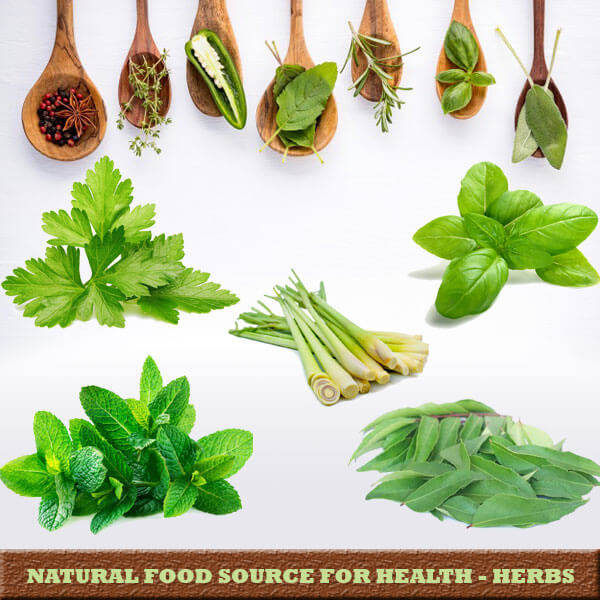 A collaborative partner of FitNet
A collaborative partner of FitNet A collaborative partner of FitNet
A collaborative partner of FitNetNature has bestowed us with rich floral heritage having immense medicinal and healing properties. In this modern era, people are becoming more dependent on synthetically prepared drugs having a wide range of harmful side effects and are not implementing the traditional knowledge of Ayurveda gained over years of dedication, which is capable of imparting miraculous benefits to the mankind.
Sustainable development has become an indispensable goal of all nations and the approach of using natural product containing numerous phytonutrients instead of artificially produced chemicals can be a step towards it .The tender, aromatic and green leaves of herbaceous plants can be incorporated in our daily diet to extract these enormous health enhancing constituents. The herbs are usually the fresh leaves, stems or flowers of some plants possessing flavour components and it were widely used in prehistoric medicine.
Commonly available Indian herbs & their magical properties:
This is a remarkable herb, cultivated globally and has significant antimicrobial, antiviral, antioxidant and anti-allergenic potential. It can be used in the treatment of Irritable Bowel Syndrome and liver dysfunctions.
It contains a variety of volatile compounds mainly menthol, menthone and isomenthone along with beta carotene, tocopherol, ascorbic acid etc. which is actually responsible for its curative properties and refreshing flavour.

Basil is considered as a sacred herb and is included in many Hindu rituals. Holy basil or tulsi is highly valued in Indian Culture.
It has got anti-inflammatory, antimicrobial and antiaging activities and can also be used in treating arthritis. It is rich in polyphenols, flavonoids, vitamins, minerals and aromatic compounds like terpenoids and cineole.
Fresh and delicate smell of coriander leaves is very appealing and it also exhibits various protective functions due to the presence of bioactive components like apigenin, chlorogenic acid, camphene etc. It can be used as an antihypertensive, anti-atherogenic and antidiabetic agent.
It is widely used as a culinary herb for its typical lemon like odour which is due to the presence of citral.
All of us know the usage of curry leaves in South Indian Cuisines. It not only enhances the flavour but provide multiple health benefits. Pinene, polyphenols, alkaloids have been reported to be its essential constituents.
Chives, dill, parsley, rosemary, sage, thyme is among the aromatic and flavour- dense herbs that can be used for garnishing and to provide distinct flavour to several cuisines. They are also rich in bioactive nutraceuticals and have been used for its restorative and pharmacological properties since time immemorial.
These herbs can help in detoxification and cleansing of the body. Several herbs have been proven to be effective against Alzheimers disease, ulcerative colitis, dementia, bad breath and can help in strengthening the Immune system. Herbs will not only make your insipid dish palatable and delicious but also offer protection from a spectrum of degenerative diseases.
Ms. Rukshana Irani
Assistant Professor & Head
Department of Food & Nutrition
Radighi College
Raidighi


Facebook Comments